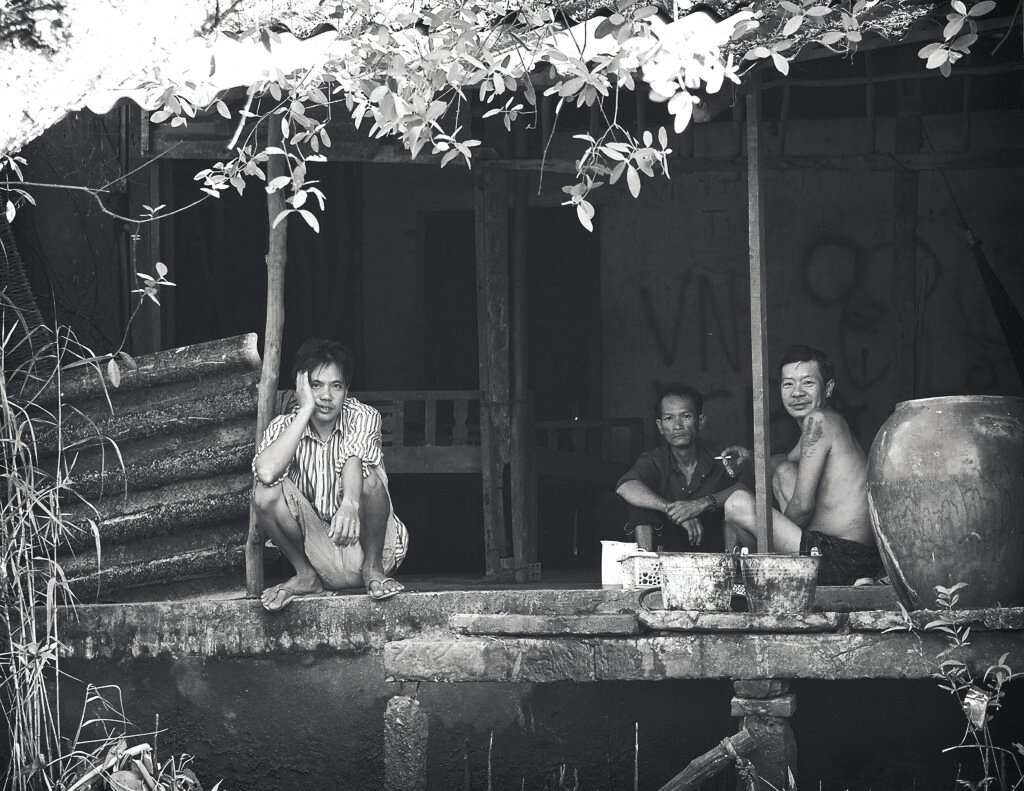
Living on stilt houses along the Mekong River can present numerous challenges, as well as opportunities, for the communities that call its banks home. The Mekong River is prone to seasonal flooding, especially during the monsoon season. These floods can be devastating, causing damage to homes, crops, and infrastructure, displacing communities, and disrupting livelihoods. Floods can also lead to loss of life and exacerbate food insecurity and poverty.
Many communities along the Mekong River rely on agriculture as their primary livelihood. They cultivate rice, fruits, vegetables, and other crops in the fertile soils of the river delta. However, fluctuations in water levels, soil erosion, and changes in rainfall patterns can impact agricultural productivity, posing challenges for farmers and their families. The construction of hydropower dams along the Mekong River has had significant environmental and social impacts on downstream communities. Dams can disrupt fish migration routes, reduce fish stocks, and alter the river’s flow, affecting fisherfolk and the biodiversity of the river ecosystem. Additionally, dam construction can lead to displacement of communities and loss of land and livelihoods.
Many communities along the Mekong River struggle with access to clean water and sanitation facilities. Contaminated water sources can lead to waterborne diseases such as diarrhea, cholera, and typhoid, contributing to poor health outcomes and high rates of child mortality. Remote communities along the Mekong River may have limited access to healthcare services and education facilities. Lack of infrastructure, transportation challenges, and financial constraints can hinder access to essential services, leading to disparities in health and education outcomes.
Despite these challenges, many communities along the Mekong River demonstrate resilience, resourcefulness, and solidarity in the face of adversity. They rely on traditional knowledge, community-based solutions, and support from government agencies, NGOs, and international organizations to address their needs and build sustainable futures for themselves and future generations.